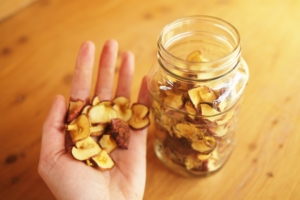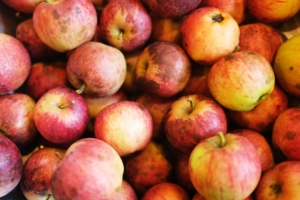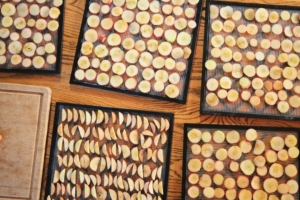By Laura Killingbeck
There’s no better way to celebrate fall than with some delicious dried apples!
Dehydration is the simple yet magical process of removing water from cells. When you dehydrate a fruit, you’re left with a tightly condensed package of flavor, nutrition, natural sugars, and aroma. Dried fruits are the world’s original candies!
Dried apples are portable, healthy, and easy to make. You can snack on them throughout the day, rehydrate them for baked goods or granola, or keep them in your car, purse, or bike panniers to munch on when you travel. These snacks are so tasty that we hand them out on Halloween as treats.
Dried Apples
Ingredients:
Apples
Instructions:
Core the apples and cut them in thin slices or rounds. Lay them flat on the tray of a food dehydrator* and dehydrate at 135 F for 12 hours or until done.
Optional variations:
Some people drizzle lemon juice over their apple slices to preserve the color. I’ve done this and it works. However, the difference is so minimal that I no longer bother.
Try sprinkling your apples with spices before you dry them. Remember that your apples will reduce in volume as you dry them, so a little spice goes a long way! Some good spice variations:
Chile Apples
Cinnamon Apples
Apple Pie Apples (Cinnamon, Allspice, Nutmeg)
*You can often find dehydrators at thrift stores or yard sales. I use a nine tray Excalibur Dehydrator. In some climates, homemade solar dehydrators are also very functional. Other people use an oven turned to low.
Collaborative & Regenerative Land Management with Livestock Co- Contributors Lauren Miller-Donnelly of Mass Audubon’s Allens Pond Wildlife Sanctuary and Geoff Kinder of Round the Bend Farm and Paradox Acres
At Allens Pond Wildlife Sanctuary, a patchwork of invaluable wildlife habitat stretches across the landscape. A primary goal at this Mass Audubon property is the management of grasslands for native wildlife, particularly birds. Grassland bird populations rely on this habitat which has decreased in recent 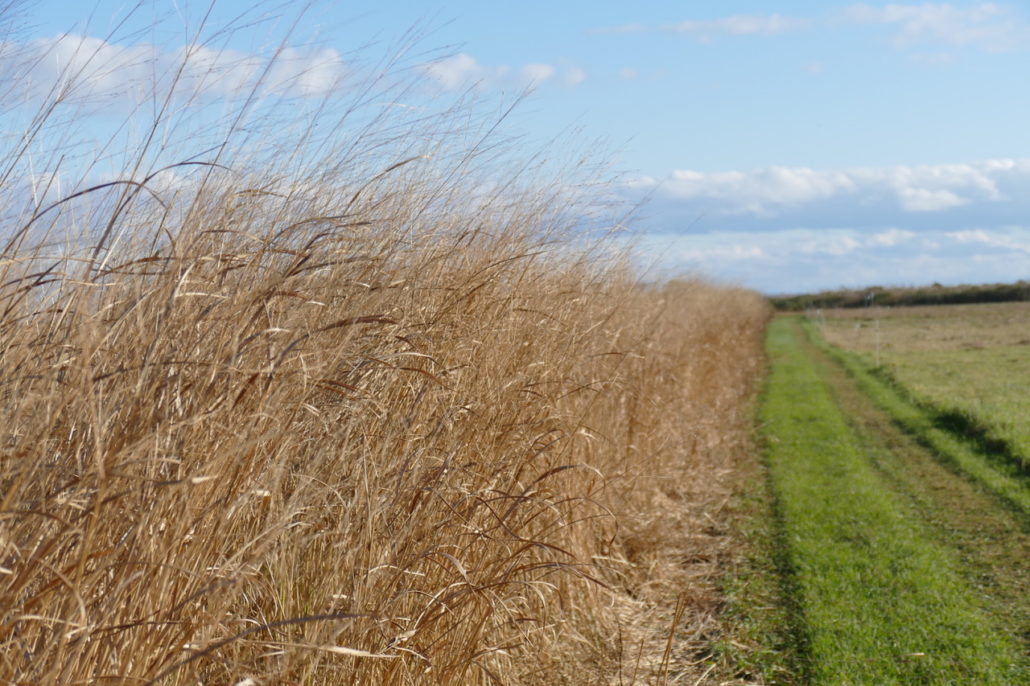 decades, now accounting for a fraction of our national and local landscape. Once maintained through periodic disturbance by native herbivores, fire and early agricultural techniques, modern agriculture and sub/urban development are major contributors to grassland habitat loss today. Land conservation groups such as Mass Audubon now work to create and maintain these critical habitats. Through cross-sector collaboration and creative land-management strategies, the partnership of Mass Audubon and Round the Bend Farm represents a successful initiative to achieve these ends on the South Coast.
decades, now accounting for a fraction of our national and local landscape. Once maintained through periodic disturbance by native herbivores, fire and early agricultural techniques, modern agriculture and sub/urban development are major contributors to grassland habitat loss today. Land conservation groups such as Mass Audubon now work to create and maintain these critical habitats. Through cross-sector collaboration and creative land-management strategies, the partnership of Mass Audubon and Round the Bend Farm represents a successful initiative to achieve these ends on the South Coast.
Traditional agricultural management created a mosaic landscape favored by the many species of grassland birds, where they could forage, hide, nest, and rear their young. Modern agricultural management now relies on machines, which create large swaths of homogenous landscapes. These landscapes lack structural and plant diversity, depriving birds of quality hiding places, foraging grounds, and nesting areas. Mechanical management itself can also be dangerous to bird populations, destroying eggs and fledglings when incorrectly timed.
Over the last 8 years, in collaboration with Round the Bend Farm, Mass Audubon has practiced more nuanced and place-based management: rotational grazing combined with timely hay harvest. Together, staff ecologists and farmers plan seasonal grazing and haying patterns that will be most conducive to conservation goals, mainly bird nesting and fledging. This solution is unique and quite beneficial to wildlife and the environment.
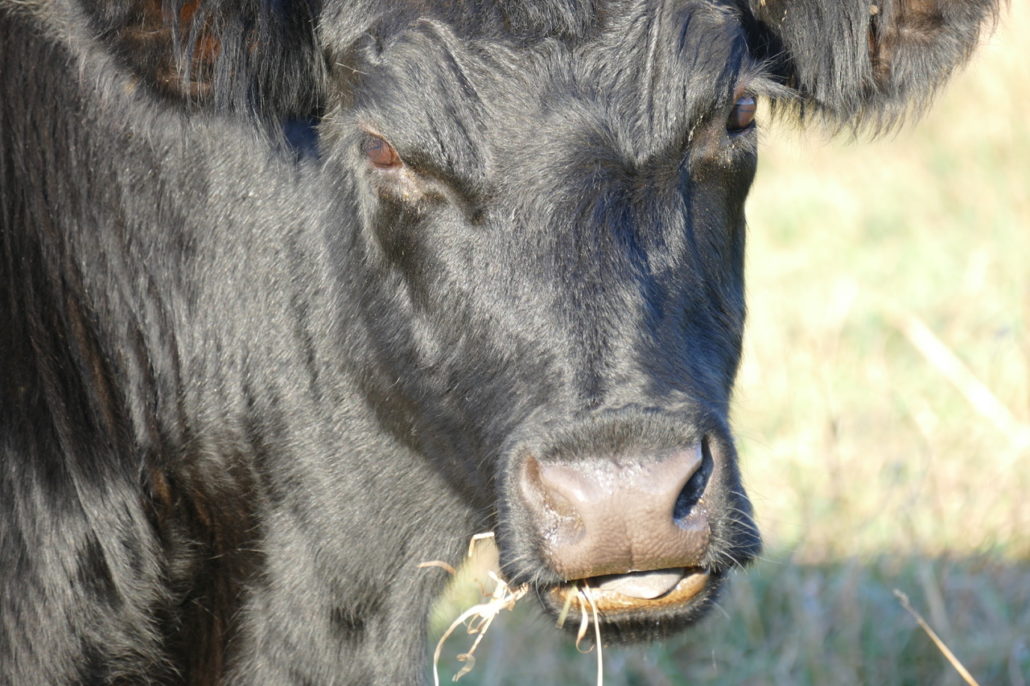 During the spring and fall, when cold-season grass growth peaks, cattle cycle through designated parcels of land. Rotational grazing encourages the development of a structurally diverse, natural landscape dotted with pathways and mounds, tufts of fibrous grasses and open spaces. This terrain would be unfeasible to duplicate mechanically, and is perfectly suited to grassland bird species like the Bobolink, Eastern Meadowlark, and Savannah Sparrow.
During the spring and fall, when cold-season grass growth peaks, cattle cycle through designated parcels of land. Rotational grazing encourages the development of a structurally diverse, natural landscape dotted with pathways and mounds, tufts of fibrous grasses and open spaces. This terrain would be unfeasible to duplicate mechanically, and is perfectly suited to grassland bird species like the Bobolink, Eastern Meadowlark, and Savannah Sparrow.
By grazing fresh vegetation and creating patches of openings, animals prepare the land for the summer arrival of grassland birds. Around the first of June, as grazing animals are moved off pasture, warm season grasses become active and native birds begin nest incubation. In this season, bird populations at the sanctuary have the protection they need to reproduce. Ecologists monitor the timing of the birds until their young have fledged in the fall, and decide when the land may again be grazed and/or hayed.
By stewarding the land through systems that mimic nature, the Allens Pond grasslands are gradually more suitable for native wildlife. Moreover, the benefits of rotational grazing extend beyond the natural 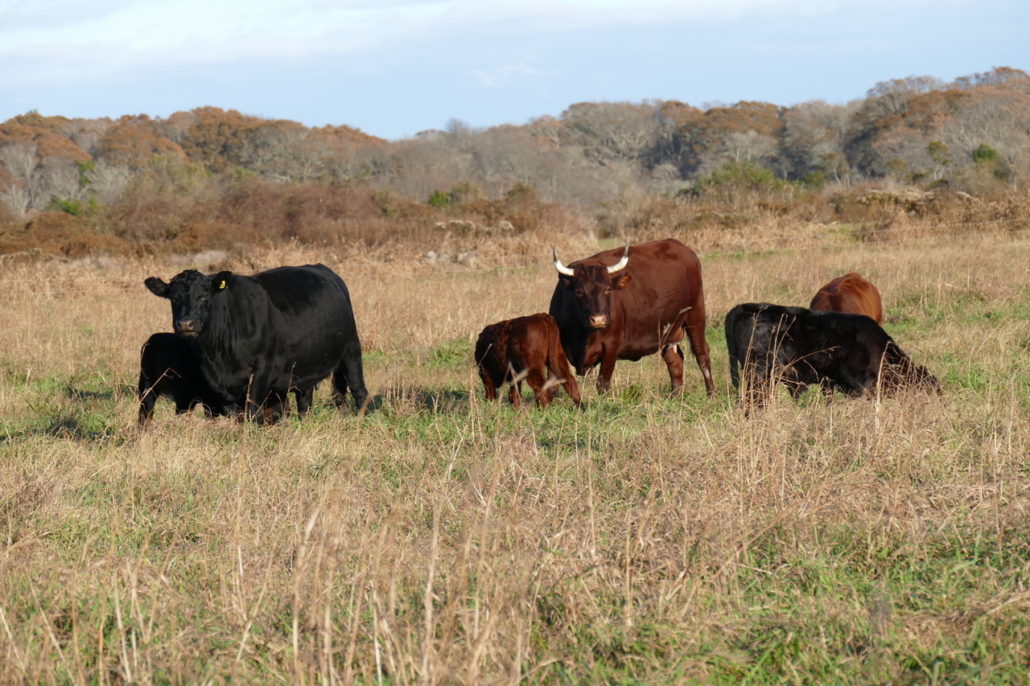 environment. Regenerative interactions between grazing herbivores and the land promotes functional diversity within this ecosystem, molding a landscape that is attractive to visitors and wildlife alike.
environment. Regenerative interactions between grazing herbivores and the land promotes functional diversity within this ecosystem, molding a landscape that is attractive to visitors and wildlife alike.
Mass Audubon’s commitment to climate change action is supported by reducing the reliance on fossil-fueled machinery to manage the fields and transport both hay and meat. The production of locally raised beef that consume grass on-site in a system where carbon is rapidly recycled cuts down on excess methane release. The collaboration between farmer and wildlife sanctuary reduces the need for additional staff and machinery. Eventually, grazing animals become available as high-value, local, grass-fed meats, reducing waste by the end consumer, enhancing the local food shed, fostering community health, and supporting sustainable farming livelihoods
This collaboration between Mass Audubon and Round the Bend Farm signals a cultural shift. It heralds a new chapter in land stewardship, where ecology and agriculture are integrated. At the Allens Pond Wildlife Sanctuary, farmers and ecologists are devoted partners in the aim to protect wildlife and conserve the land. We see here, and hope to see increasingly elsewhere, that diverse stakeholders can sit at the table together and find solutions only possible through synergy: solutions that v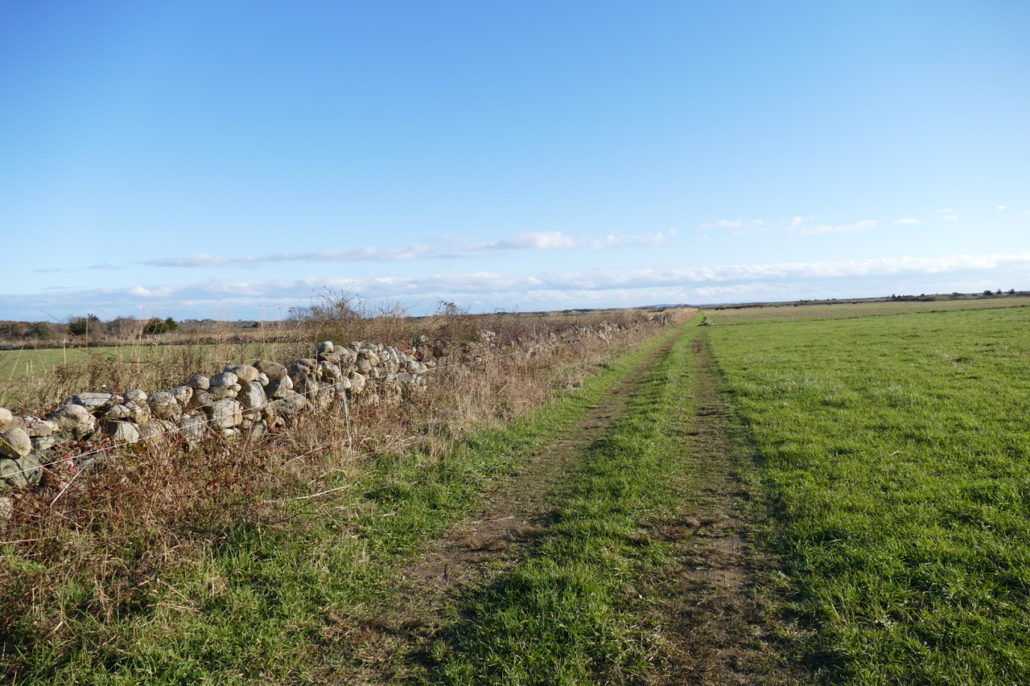 alue a vital local ecology and thriving food system, while embracing the far-reaching opportunities of collaboration.
alue a vital local ecology and thriving food system, while embracing the far-reaching opportunities of collaboration.
(photo credit Desa Van Laarhoven of Round the Bend Farm)
ABOUT | EVENTS | TEAM | CONTACT | BLOG
Round the Bend Farm (RTB), a Center for Restorative Community, located in Dartmouth, Massachusetts is a working farm and educational non-profit. We are a living laboratory that cultivates, educates, and empowers people of all ages. We are devoted to the global paradigm shift toward hope and abundance by valuing diversity, modeling nature, and redefining wealth.
92 Allens Neck Road, South Dartmouth, MA 02748

